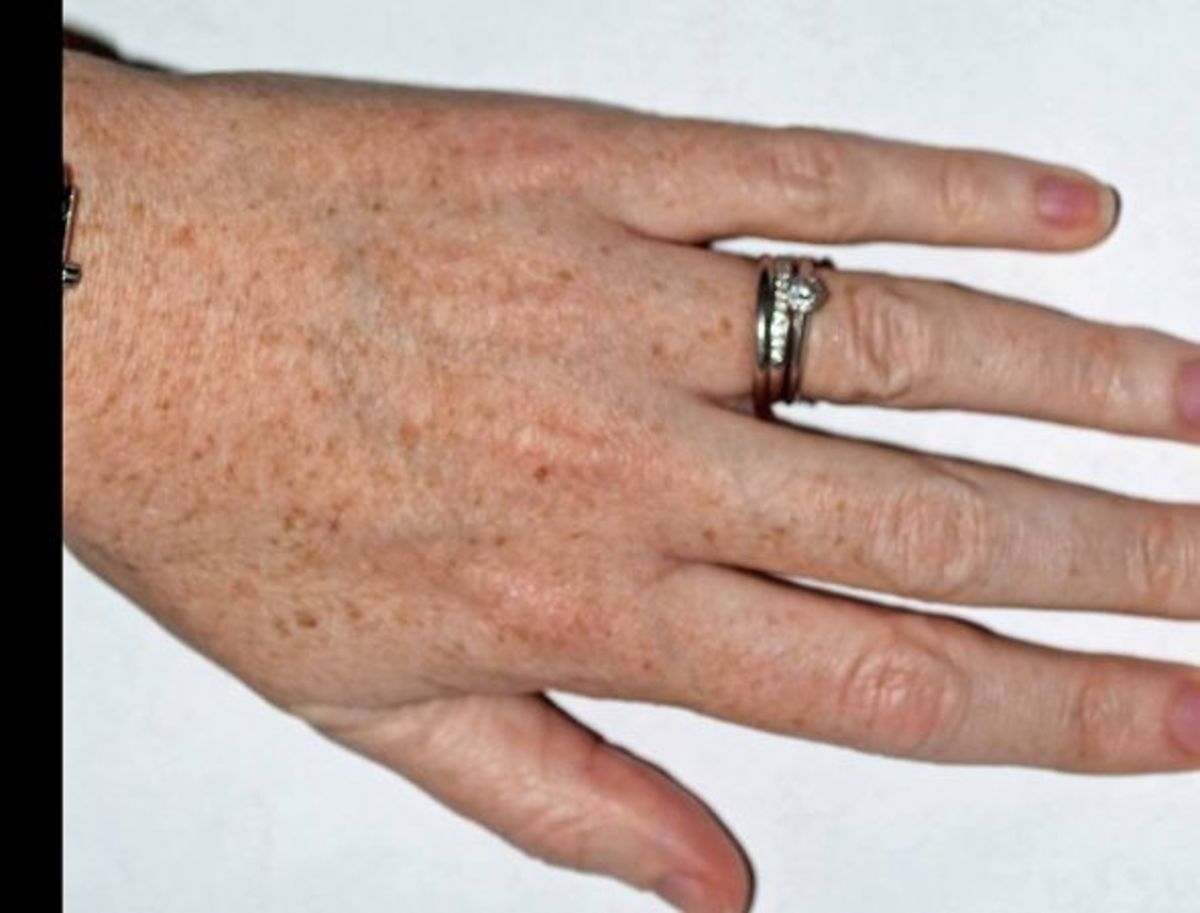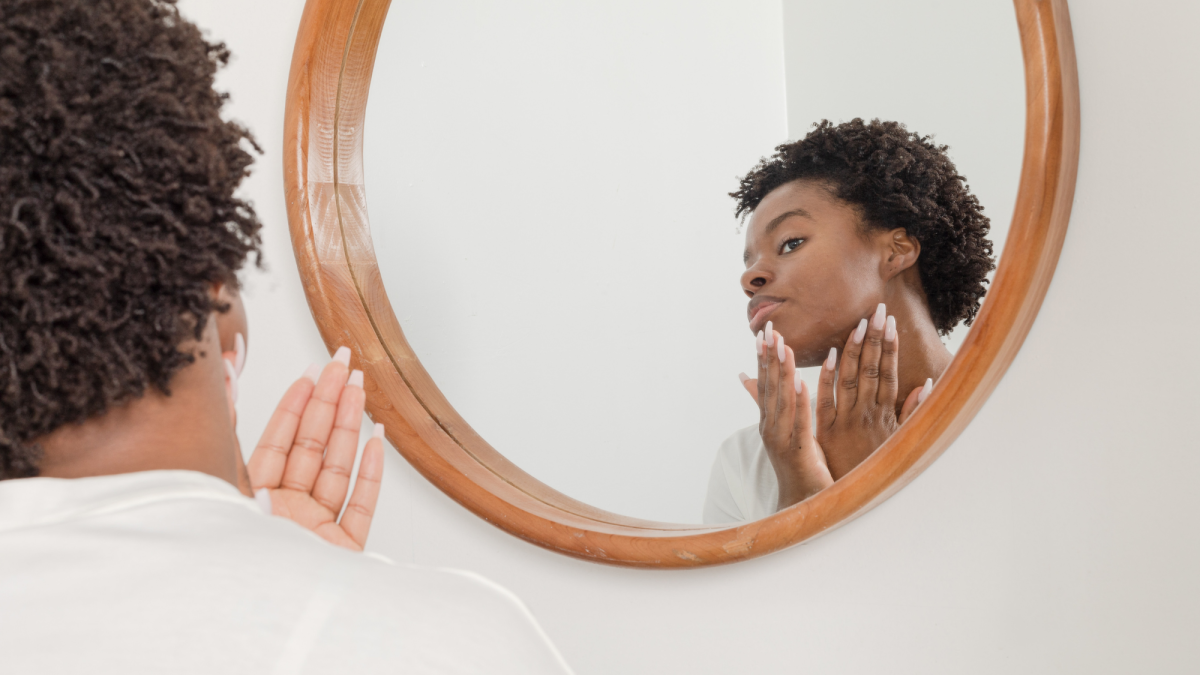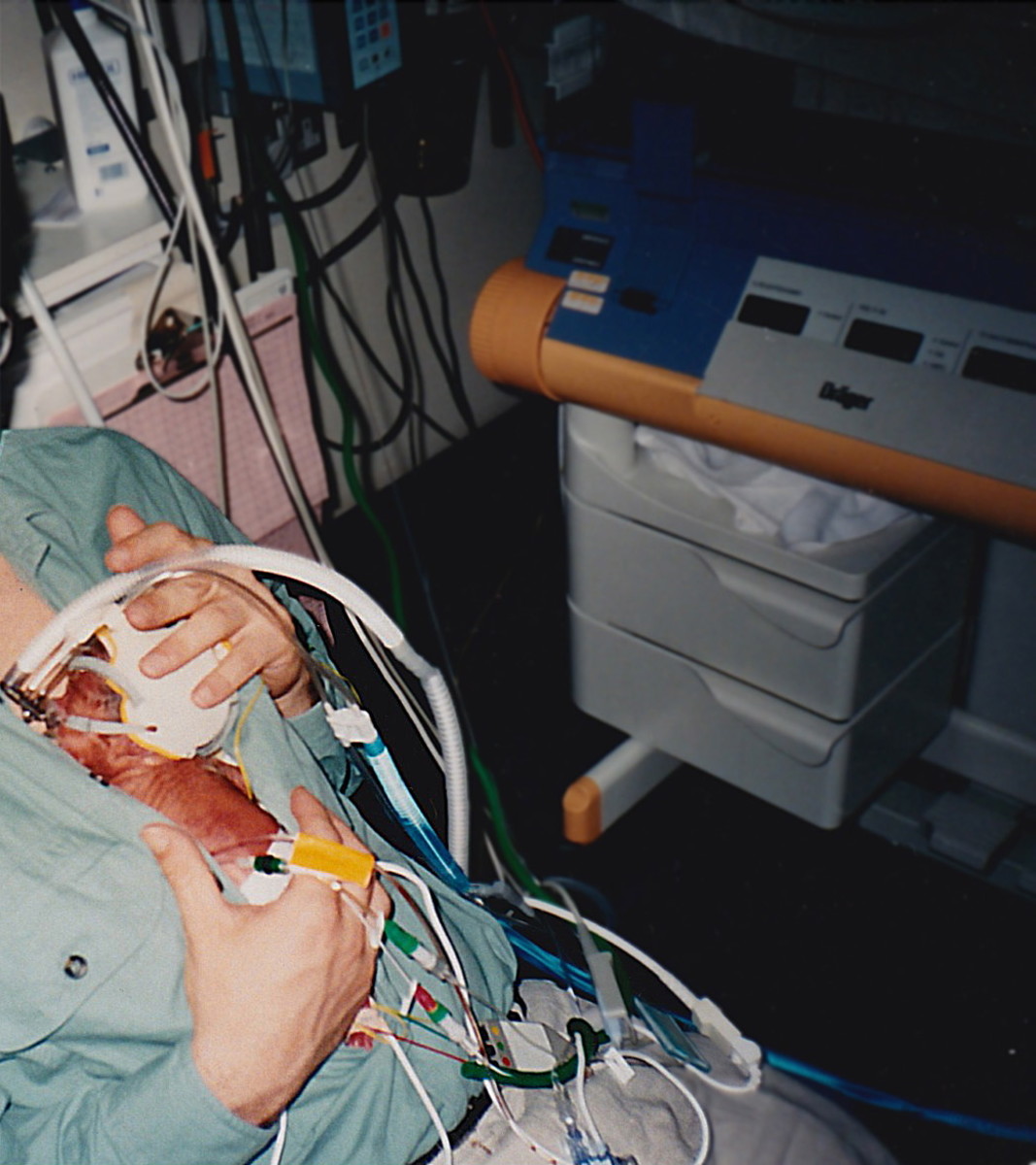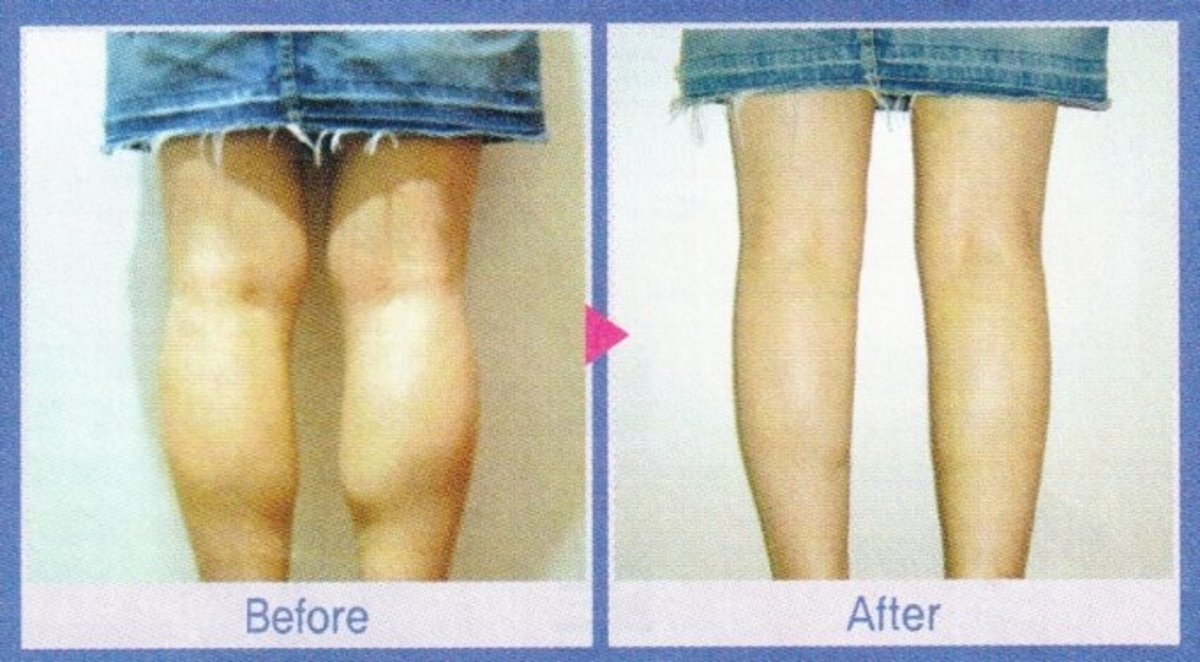Quick-Fix Beauty
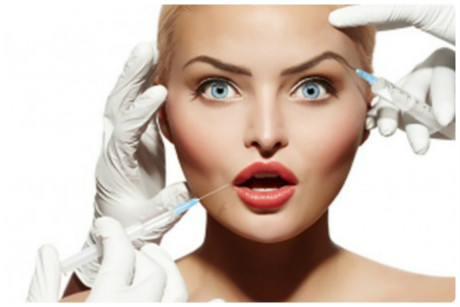
Due perhaps to the exigencies of city traffic and exorbitant parking fees, the average metropolitan mall has mutated from its humble retail department store beginnings into a virtual monolith of consumer and community services. In this day and age of instant gratification and non-existent emotional quotients, everything has to be at one’s fingertips, remote-controlled, and readily accessible. Consequently, any modern mall worth its salt is host to a slew of beauty centers / day spa / salons; more commonly known in the West as medical spas. Popular franchises are fast becoming familiar fixtures at your friendly neighborhood department store complex, with other smaller specialty enterprises offering services ranging from facial firming massages, to eyebrow and lip tattooing, to acupuncture and colon cleansing.
But before you decide on a whim to get your eyebrows tattooed, those warts zapped, or wrinkles Botoxed, cover your bases and tick the following off your cautionary checklist:
Give the facilities a thorough once-over
Hygiene and cleanliness should be paramount, and the Spa Association in the United States (www.thespaassociation.com) suggests that you check for the following sanitation considerations:
- Clean, unused linens and spa wear
- Sanitized, clean, uncluttered working surfaces
- Sealed containers for implements like cotton balls and facial pads
- Professional products that are single use or that have been taken from a larger container without making contact with an unsanitary or sterile surface
- For any tool or implement breaking the skin, a disposable device is recommended.
- Implements must be cleaned with a hospital grade disinfectant, sanitized by a UV light, or similar piece of equipment, or sterilized through an autoclave
- Technicians must have freshly washed and dried hands or have surgical gloves on during spa treatments
- Waste receptacles and laundry bins must be sealed and covered
- Tools and products must be clearly labeled and safely stored
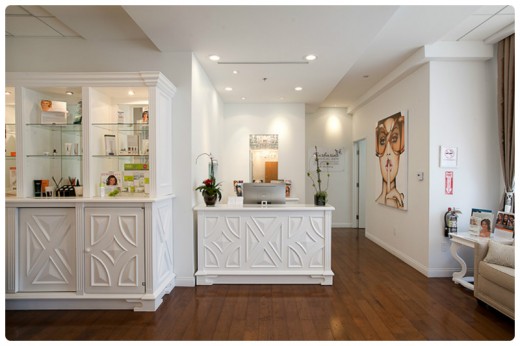
Check for credentials
Certain beauty service centers happen to have in-house medical personnel. Some malls, for instance, play host to the practices of a number of licensed physicians and dentists – they offer traditional medical services, including cosmetic surgery, in an untraditional setting.
The average medical spa is, by definition, an establishment employing medical and spa professionals. Its primary purpose is to provide comprehensive medical and wellness care in an environment that integrates spa services, as well as conventional and complimentary therapies and treatments (Spafinder.com). While such beauty service centers offer procedures less invasive than cosmetic plastic surgery, they nevertheless feature certain treatments such as microdermabrasion which should be undertaken only by actual physicians.
Inquire beforehand whether the person performing the service is actually a dermatologist or a qualified therapist: More often than not, therapists do most of the work under the supervision of a qualified skin doctor. To curtail unnecessary risks, especially with the more delicate procedures involving chemical treatments, “ask the physician if he or she is an accredited member of a Dermatological Society. Better to be safe than permanently scarred and sorry!
Prepare adequately
Don’t hesitate to ask questions, especially during the initial consultation, about what to expect and how you should get ready for treatment. For instance, IPL (intensed pulsed light) or laser hair removal should not be performed on patients with a history of keloid scarring or hypersensitivity to bleaching agents; prior to this kind of treatment, use sunscreen, and do not wax or pluck the area for a period of four weeks before undergoing IPL. It’s best to avoid consuming alcohol prior to Botox sessions. For any skin treatment, spot tests must be performed to avoid allergic reactions.
The plethora of available services, the convenience of location, and the relative affordability of treatments are reasons why customers stream into these beauty centers. For the beauty industry, the one-stop shop mall phenomenon appears to be working in its favor. Hand-in-hand with their proliferation must be regulation of the industry to protect consumers, by ensuring treatment procedures are kosher and establishments are manned by qualified professionals.

WHAT’S ON THE MENU?
Most medical spa services are conveniently brief in duration to be comfortably accommodated in a mall rat’s schedule:
Botox treatment session (single)
Botox involves a non-surgical injection that temporarily reduces or eliminates frown lines, forehead creases, crow’s feet near the eyes and thick bands around the neck. Duration is 10 minutes (although a series of sessions is normally required), with costs to be determined upon consultation with a dermatologist, who should administer the injection (how many units depends on the assessment of your dermatologist).
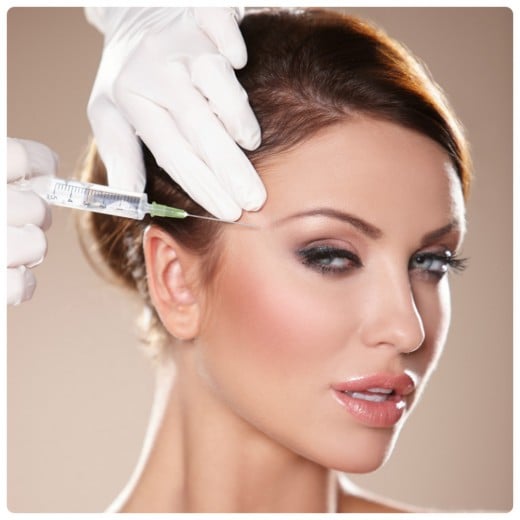
Pimple injections
...using Kenacort (an antibodies-inflammatory steroid) are quick, and inexpensive, so too with wart removal.
Microdermabrasion or power peel
...is an intense exfoliation process that rejuvenates skin using a special buffing instrument; takes around 30 to 45 minutes.
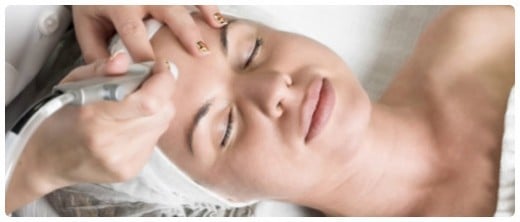
Acupuncture
...to alleviate joint and other pains, takes around 40 minutes, roughly the same amount of time as a basic facial.
Facials
More complex facials, such as those that offer deep cleansing, skin whitening, collagen and eyebag treatments, take up to an hour and a half.
Others
Wax hair removal, laser hair removal (minimum of 4 sessions, depending on assessment), lip and eyebrow tattooing, dandruff and falling hair treatment, skin peeling, and skin whitening and body bleaching. And if you like to pamper yourself after a long, hard day of shopping, almost all beauty centers offer a range of body massage services, as well as skin toning, rehydrating, and detoxifying body scrubs and wraps.






